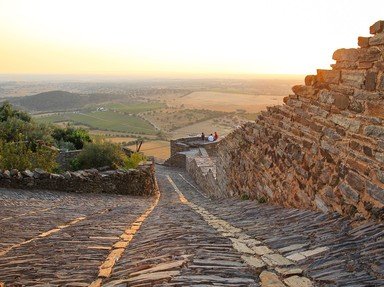
The Portuguese Age of Discovery Quiz
Portugal was one of the leading participants in the Golden Age of European Discovery during the 15th and 16th centuries. Match each of these Portuguese explorers with their contribution to this process.
A matching quiz
by looney_tunes.
Estimated time: 4 mins.
- Home
- »
- Quizzes
- »
- History Trivia
- »
- European
- »
- Portuguese